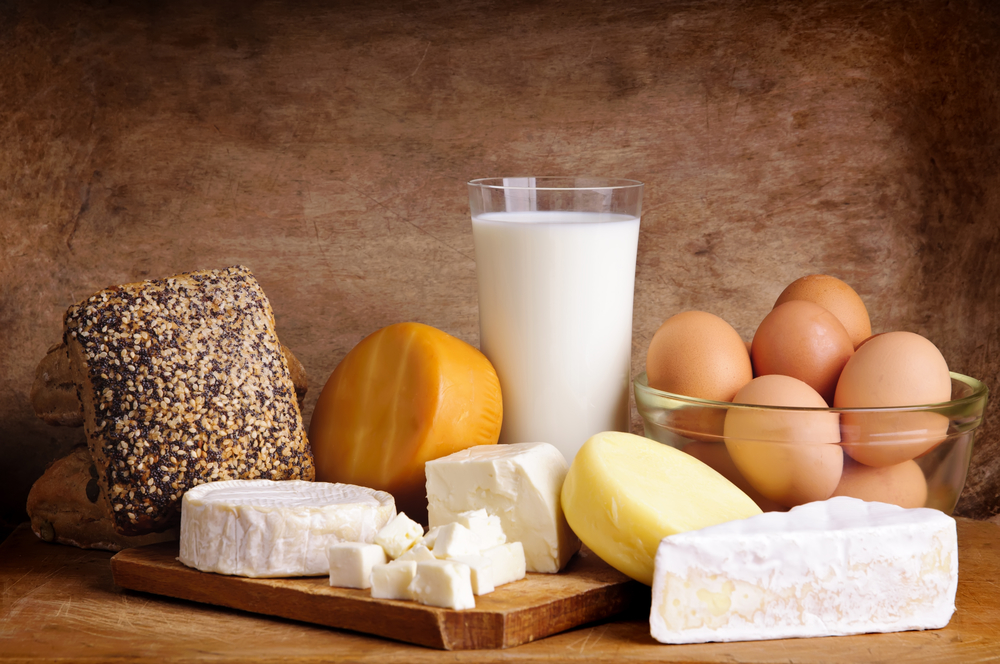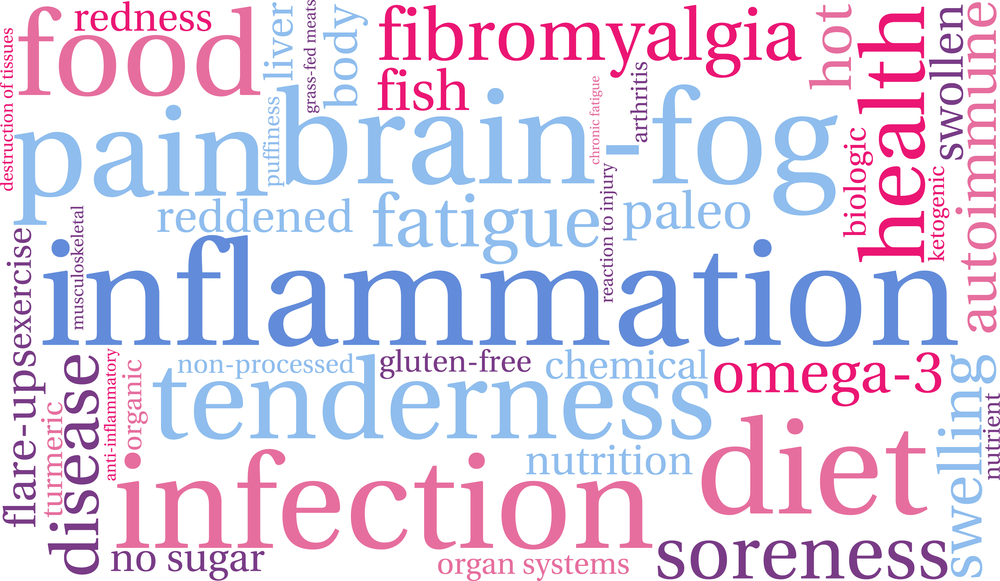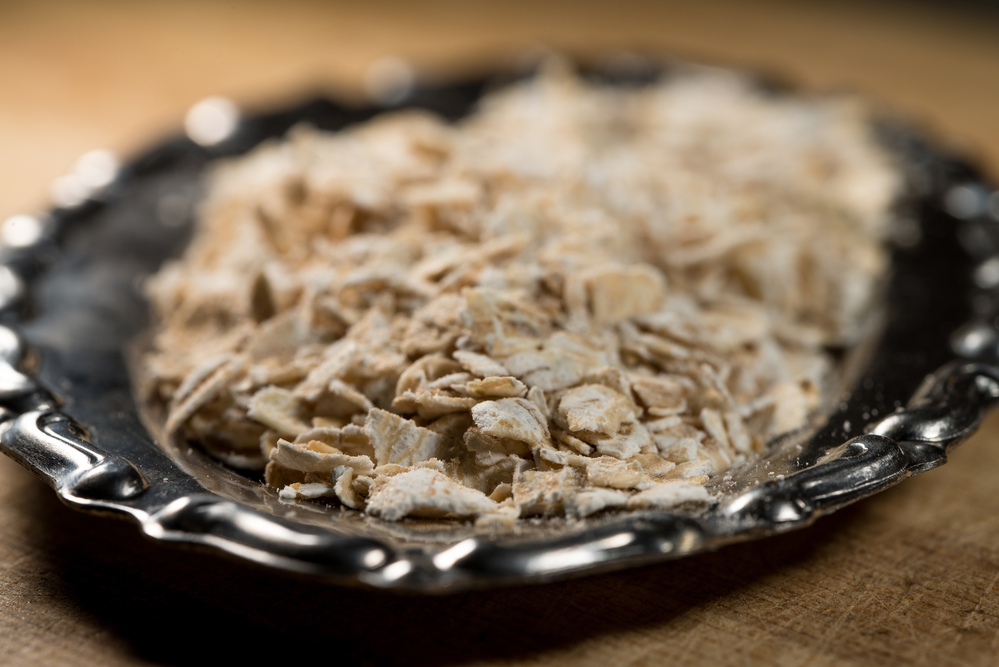
by Dr. Oler, ND | Aug 23, 2016 | Areas of Weight Loss Resistance, Food Allergies, Gut Dysbiosis, Natural Weight Loss, Weight Loss
Food sensitivities can create many undesirable symptoms in the body, such as tissue swelling (hands, ankles and/or feet), bloating (abdomen, puffy face or double chin), watery eyes, running nose (especially right after eating), nasal congestion, heartburn, headaches, achy or stiff joints and cravings for certain types of foods. These symptoms oftentimes don’t appear right away, making it more difficult for the sufferer to correlate a certain food with a reaction.
(more…)

by Dr. Oler, ND | Aug 16, 2016 | Areas of Weight Loss Resistance, Eating Naturally, Way of Life, Weight Loss
Excess body fat is a key cause of chronic inflammation in the body. There are also several other common causes of inflammation that typically afflict people that are overweight, and it won’t surprise you that many of them stem from the underlying metabolic imbalances we have been discussing throughout this course. These include sleep deprivation, excessive or chronic stress, insulin resistance, gut imbalances and toxic burden. However, the largest (non‐fat) contributors to systemic inflammation in the body are the things most people put into their mouths every day.
(more…)

by Dr. Oler, ND | Aug 4, 2016 | Areas of Weight Loss Resistance, Digestive Support, insulin resistance, Weight Loss
The average American consumes 12 grams of fiber per day. In 1850 the average consumption was 25‐30 grams, which is the same number that the American Cancer Institute recommends today. (Lipski 58) As the numbers illustrate most we are falling short of reaching optimal levels.
Before addressing how to increase your fiber intake, I want to explain the two different types of fiber and what roles they play in the body. Essentially, dietary fiber is the non‐digestible component of carbohydrates naturally found in plant food and is further broken down in the following two categories:
Soluble Fiber
Soluble Fiber is made up of polysaccharides (carbohydrates that contain three or more molecules of simple carbohydrates), and it dissolves in water. Soluble fiber has the ability to bind with fatty acids and also prolong stomach emptying time so sugar can be released more slowly. This type of fiber helps to regulate blood sugar and also aids in lowering the total and LDL cholesterol counts. Soluble fibers are often viscous (gel‐like consistency). Some examples are: psyllium husks, flax seed, glucomannan, oat bran, dried beans and peas, fruits (apples, pears, citrus fruits, berries, apricots, prunes), and vegetables (carrots, cabbage, Brussels sprouts, sweet potatoes).
Insoluble Fiber
Insoluble Fiber is mainly made up of plant cell walls, and it cannot be dissolved in water. Insoluble fibers move bulk through the intestines and also help to control and balance the pH of the bowel. The bulking action of insoluble fiber aids in alleviating constipation and also helps to sweep toxins out of the body. Insoluble fibers can be found in the following foods: vegetables, such as green beans and dark leafy greens, fruit skins and root vegetable skins, whole wheat products, corn bran, nuts and seeds.
Here are some ways to add more fiber to your diet. (Stick as close to nature as possible):
- Replace white flour products with whole grains.
- Consume at least 5 servings of vegetable and fruits daily.
- Switch from white rice to brown rice.
- Add beans to some of your meals.
- Take supplements, such as psyllium, flax seed or glucomannan.
Fiber even helps a person feel full. It can also aid in weight loss by stimulating the increased production of CCK (the satiety neurotransmitter) and reducing ghrelin (the hunger hormone).

by Dr. Oler, ND | Jul 20, 2016 | Amino Acid Therapy, Areas of Weight Loss Resistance, Health Partner News, Neurotransmitter Imbalances, Underlying Metabolic Imbalances, Weight Loss
Neurotransmitters are a class of chemical messengers in the body that help regulate many body functions. Most people have heard of several common neurotransmitters, including serotonin, dopamine, norepinephrine and epinephrine (also known as adrenaline) and are familiar with some of their functions in regards to mood and sleep. What many people do not know is that your neurotransmitter balance may dramatically affect your ability to lose and maintain your weight. Read more…


by Dr. Oler, ND | Jun 30, 2016 | Areas of Weight Loss Resistance, Cleansing, Eating Naturally, Way of Life
EcoFriendly Alternatives to Commercial Cleaners and Other Household Products
Trying to rid yourself and your family is no easy task. Most everything around you has been synthesized, sprayed, enriched, hydrolyzed, flouridated… even going for a walk can prove to be toxic when you see those little tags at the corners of your neighbors’ lawns: “Stay off until…”
Good news is you can take charge in your own home and create a healthier, non-toxic environment there by making your own cleaning products.
(more…)

by Dr. Oler, ND | Jun 29, 2016 | Areas of Weight Loss Resistance, Cleansing, Health Partner News, Underlying Metabolic Imbalances, Weight Loss
Losing weight can be difficult for a variety of reasons. One of the most important is that weight gain and the inability to lose weight are often not a calorie problem or an exercise problem (although these two bases must certainly be covered for any chance at long-term weight loss) – weight gain and the inability to lose weight are often a metabolism problem. Read more…








